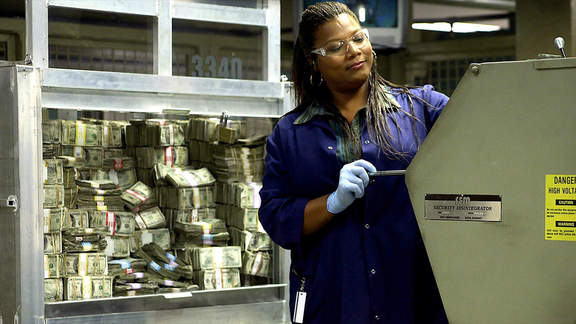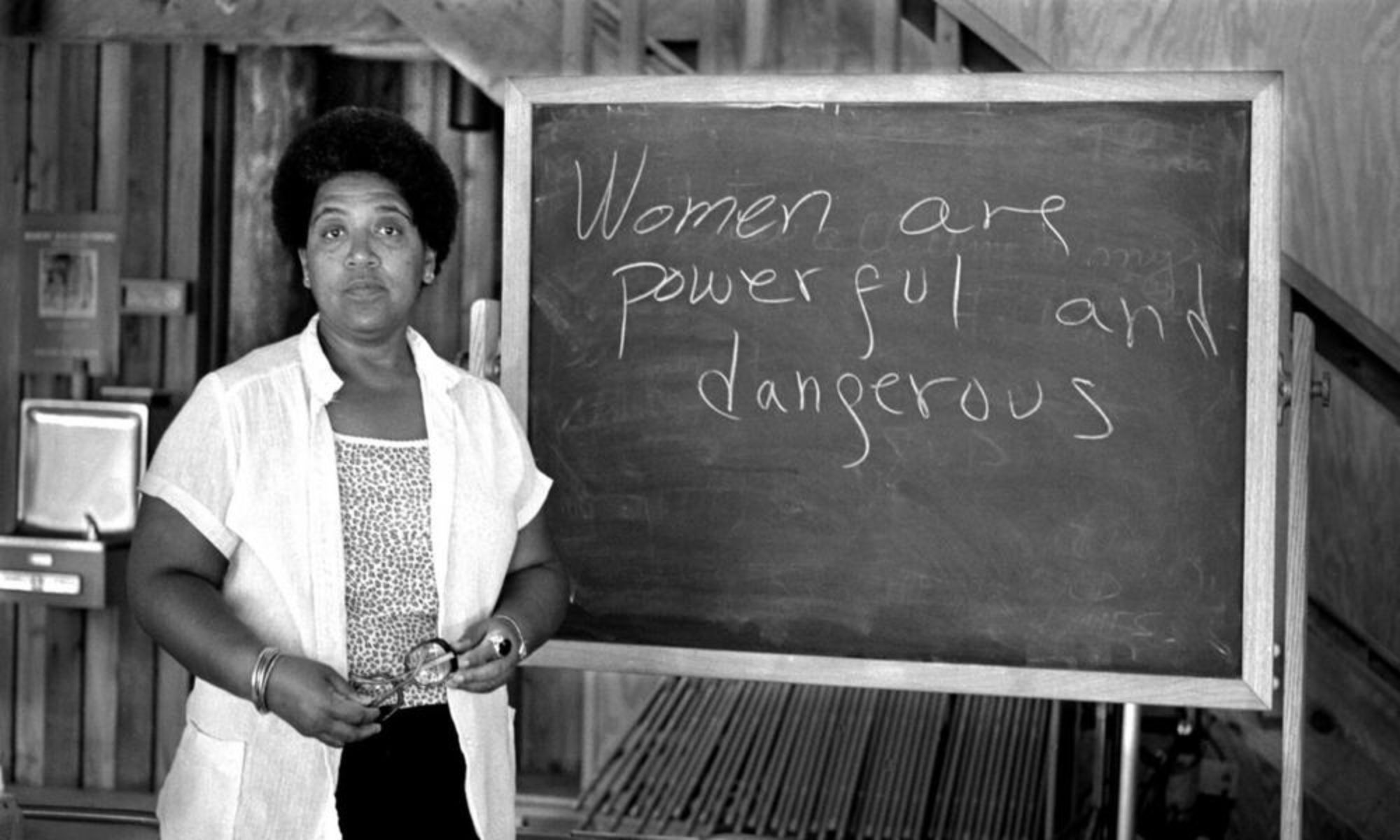Interview someone you know personally who has lived through the 1960s or 1970s about the women’s liberation movement and intersections with civil rights or other social justice movements in the US or abroad.
Blog Post #4: movie review (~spoiler warning~)

The film Mad Money is a film that follows three woman and their attempts to scam and steal money from the United States Federal Reserve. The heist goes awry when they begin to get greedy and rash with their strategies.
The film relates to women’s, gender, and/or sexuality studies because it follows the plot of three women leading and engaging in criminal activity; such roles are usually held for men. The women involved also come from different worlds. The ring leader, Bridget is an older upper-middle-class white woman, Nina is a lower class single mother with two children, and Jackie is a ditzy diabetic living in a trailer with her boyfriend. *Bridget does not fit the typical lead female role, because she is on the older side and she doesn’t dress provocatively*.
Bridget has to begin finding a job and make money after her husband’s business gets downsized. Since he is no longer the breadwinner and they are now $286,000 in debt, they must sell their home. Her husband, Don, gets discouraged and lazy, but Bridget remains levelheaded, attempting to find a problem to a solution. Women in hindsight are usually the ones portrayed as being dramatic and hysterical but here is the first instance in role reversal. She attempts to find work but hasn’t worked in years as she’s been busy raising a family. She has a college degree in comparative literature and no software skills. Her housekeeper Selena suggests a position for her at the US federal reserve bank as a janitor after her check bounced.
In the US Federal Reserve bank, those in charge are men in suits, who’s duties involve keeping track of the bank’s security. Bridget soon meets Nina as she is shredding the old worn-out money by the tons.

While seeing a master lock while shopping, Bridget gets an outrageous idea to steal from the bank. She then begins to plot out her course of action by assessing a cash movement chronology. She begins to befriend those closest to the money. The greed and desperation of her situation consume her sensibility, forcing Bridget to want more, but she can’t do it on her own so she recruits a few friends and her husband. To scope out who she could trust to keep their lips sealed she drops a $10 bill by a vending machine and asks if a guy had dropped his money, he says “no, I better return it”.
In the next scene, Nina gets harassed by a security guard. He calls her baby and says how he’s cuckoo for her coco puffs while looking down at her chest. Nina turns the table and disses the guard and he retaliates by speaking derogatorily about women by saying “You gotta howl at the bitches”. He then proceeds to catcall the next women in line.
Bridget successfully convinces Nina by showing her what she could do with the money. Since mothers want the best for their children, Bridget sends Nina pamphlets on good schools because she wants her sons to attend a school that prioritizes education so they have the opportunity to escape their rowdy and violence-stricken neighborhood. A final pawn in this operation is a ditzy, diabetic woman named Jackie. She is the easiest to convince.
Their plan works and they are able to leave with a lot of money. Nina uses her feminine charm on the second security guard that likes her. Her body is convincing as she raises her pitch, smiles, and compliments him. After she gets what she wants she denies him and walks away when he asks her on a date.
The next scene shows them counting money and celebrating because they successfully intercepted one of the toughest federal institutions in the country.
Bridget goes off the deep end and gets greedy, straying from their original plan of getting what they need and getting out. Suspicions run high.

To get the second security guard on their side Nina’s friends convince her to date him and use him, but he doesn’t want her for sex because she’s worth more than that. Bridget’s husband, Don, gets involved because he feels he’s losing his wife and he wanted to feel needed because she’s was relying less on him but more on herself.
Although they get caught in the end they all have each others’ back and since there’s no tangible evidence that they stole the money they are released under the condition that they walk away empty-handed.

This movie was an excellent depiction of how money and the love of it can change a person, but their friendship was strong and these women stayed with one another through it all. Relating to women’s studies, the lead characters faced objectification and were doubted for their abilities but used what was available against the men around them as a way to regain control of the situation and find success in the grand schemes of things.
Independent Study Step 2
Since I will be discussing the issues of violence against women, my project will relate to subjects such as unequal power relations (domestic abuse, rape, assault, manipulation), discrimination, and double standards and how we feed into the cycle based on how we grow up (gender roles?). The different facets of my project concern contemporary events such as the #MeToo movement, the recent Harvey Weinstein trials and more.
My project intends to discuss the effects violence has on women as a unit not singling out a race, class, and/or sexuality; I may incorporate various instances where an identifier such as a women’s race becomes a key player in the issue being discussed. I will definitely involve historical events such as the feminist movement of the 60s and international and historical events such as how women from across Asia were used as “comfort women” during Imperial Japan and current issues where women are sold into sexual slavery. I may discuss how women are portrayed in the media and how they are expected to behave by general society (demure) as well as other cultural and sexual expectations such as having small feet (foot bindings in China).
Today, social media plays an exceptionally large part of how women and girls feel about themselves. Body shaming has become an issue and if you don’t have tan skin, wide hips, a skinny waist, and large busts then you are not attractive; this feeds into that toxic and violent cycle that a women’s body is the only thing that matters and not her mind which can lead to other detrimental health issues such as anorexia, bulimia nervosa, low self-esteem, suicide, and self -mutilation among others. *What’s seen as attractive varies by country. The example above is what’s largely accepted for American women and may vastly differ somewhere else*.
Each factor either stems from or leads to a violent act. To discuss each factor successfully, I will have to organize without going off tangent.
A Modern Utopia

A more egalitarian and less oppressive world looks brighter. You’ll see people smiling genuinely. Men respect women’s bodies and choices and women respect themselves. An average day for me would be hopeful. In this world, you’re excited to get out of bed to start your day and you look forward to going to work because the demands of an employer aren’t overwhelming. On your way to work or school, people are courteous and selfless and upon arrival, your boss, coworkers, or teachers greet you with the utmost respect. People are more open to expressing their feelings and concerns because they no longer fear the judgment from critical stares. It is perfectly acceptable to take breaks for self-care, in fact, schools and jobs make it a required day for personal revival. In this world, discrimination doesn’t exist. There is no such thing as cursing out a man because he’s speaking in his native tongue. Women are held in the same regard as men and are treated as such, with no more lingering eyes or sexual objectification. In a perfect world, necessary personal hygiene products like pads, tampons, and sanitary napkins are free because you shouldn’t have to pay for something natural and out of your control. Lastly, to sum this up, in a perfect world people care for and love one another wholeheartedly, with no strings attached.
WGS. 1001 PRESENTATION 1 How Do You Spell Ms.? link
~Kameron Hamilton & Julia Shapiro

https://docs.google.com/presentation/d/1hxG-M2oWZxYmwGb79S__UR0DwneEm9eEFcdNPNTgUKk/edit?usp=sharing
Ind Study Step 2: What do you need to know?
What do you need to know about in order to contextualize and discuss your subject? Meaning, what academic subjects does your project relate to? Through research at the library and on the web, identify the different facets of your project, including whether it concerns contemporary news/events, race, gender, sexuality, history, important countries (the US, India, China, etc.), social status/class, media (which media? film, broadcast tv, streaming shows, social media) and any other salient factors.
How does each factor relate to your project and what will you need to know in order to discuss it successfully?
Due March 16.
Blog Post 4: Watch a movie
- Choose a film or series (you should be watching for at least one hour) and watch it.
- Justify how your choice of film relates to women’s, gender, and/or sexuality studies
- Explain what elements (specific things! particular people, scenes, events, etc.) in the film relate to this course and its subject matter
- Be sure to include illustrations, images, screenshots, or other pictures where appropriate (as your featured image and in your post where relevant)
Blog Post 3: A different future
In your third blog post, imagine that feminist and anti-racist activism has succeeded and we live in a more egalitarian and less oppressive world. Imagine that world (an ideal world?). Describe what that world looks like? What would an average day for you be like? (For example, What do you wake up to? What is your morning like? What does your day look like? Your classes? Your job?)
Independent Study Step 1
Fill in the blanks to think about what you want to study:
I am interested in exploring issues of ____________ (this can be a word or phrase) as they related to women, gender, and sexuality studies, especially the work of __________ (insert an movement or person) during the time period _______.
Blog Post 2: What is Feminism-Due 2/10
For your second post, identify at least one definition of feminism. Do you agree or disagree with this definition?
Using some of the texts we have read as a starting point, come up with your own definition of feminism, and define a set of priorities for it (what are the issues that it should tackle first, second, third, etc.). What would be the focal point of your feminist project? Meaning, where would you want to help or intervene first?


